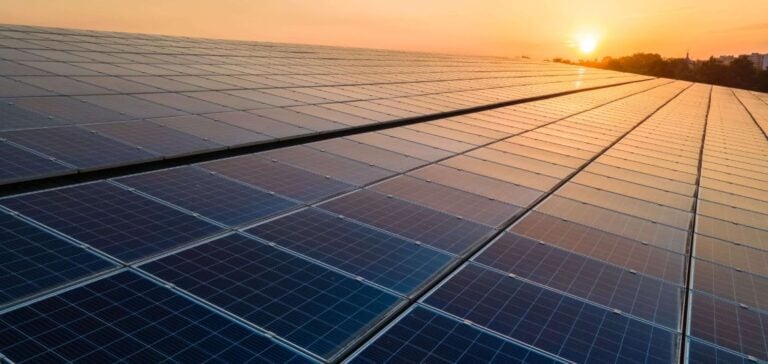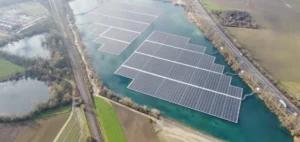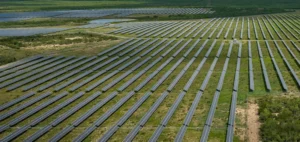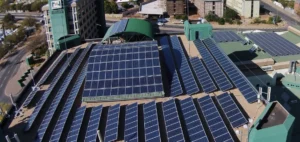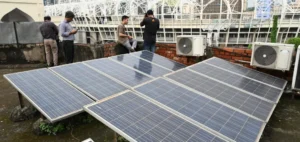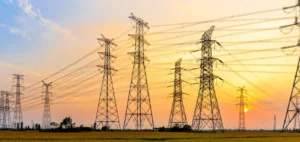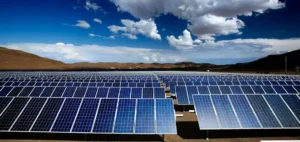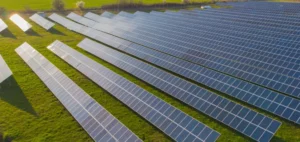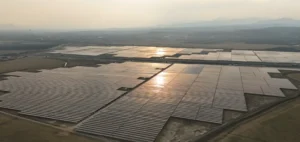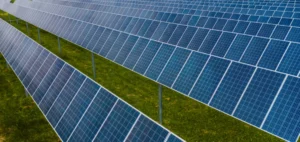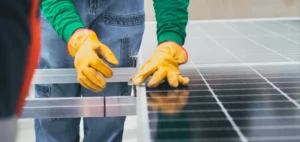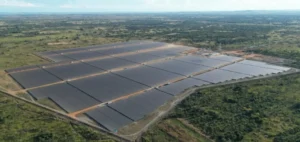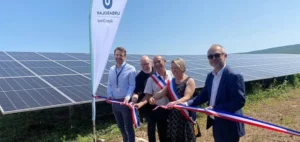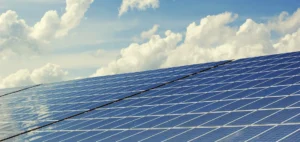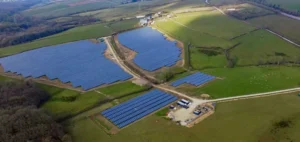U.S. solar cell manufacturing, which had been dormant since 2019, has made a significant comeback in the third quarter of 2024. According to the U.S. Solar Market Insight Q4 2024 report, published by the Solar Energy Industries Association (SEIA) and Wood Mackenzie, five new or expanded factories located in Alabama, Florida, Ohio, and Texas have brought the country’s total solar module production capacity to nearly 40 GW.
The third quarter of 2024 also saw the addition of 9.3 GW of new manufacturing capacity, a record for the U.S. solar sector. This development is largely attributed to the impact of federal policies and substantial private investments, which have not only bolstered the nation’s energy security but also created thousands of jobs.
Solar Installations on the Rise
In terms of installations, the U.S. added 8.6 GW of new solar electricity generation capacity in the third quarter, representing a 21% increase compared to the same period last year. This figure sets a new record for a third quarter in the solar industry’s history. The utility-scale segment continues to dominate the market, with 6.6 GW of new projects coming online. Companies and utilities are ramping up their investments to meet growing demand for clean energy. At the same time, commercial and community solar markets have also shown strong growth, with year-over-year increases of 44% and 12%, respectively.
Texas Leads the Solar Transition
Texas remains a key player in solar energy development, adding 2.4 GW of new capacity in the third quarter, accounting for 26% of the nation’s solar installations in 2024. Florida follows closely, with a growing adoption in residential solar: nearly 30,000 households have installed solar systems this year. Over the past two years, approximately 1.4 million American households have leveraged federal incentives to lower their energy costs through solar energy. This trend highlights the direct impact of incentive programs, such as federal tax credits, in driving the energy transition.
Promising Prospects Amid Persistent Challenges
According to Michelle Davis, head of solar research at Wood Mackenzie, the U.S. solar industry is expected to grow by an average of 2% annually through 2029, reaching a cumulative capacity of nearly 450 GW. However, this growth is tempered by challenges such as grid interconnection limitations, a shortage of skilled labor, supply chain constraints, and local policy hurdles. Projections for 2024 suggest that new installations will again surpass 40 GW, with annual volumes of at least 43 GW for the rest of the decade. By 2029, U.S. solar energy could power over 71 million households, cementing the country’s position as a global leader in the energy transition.

